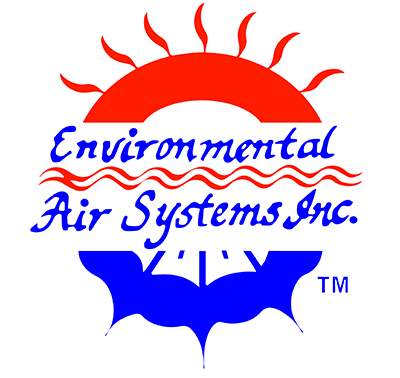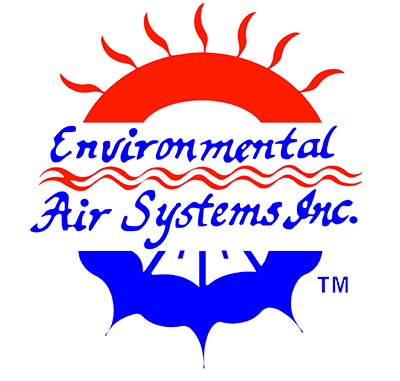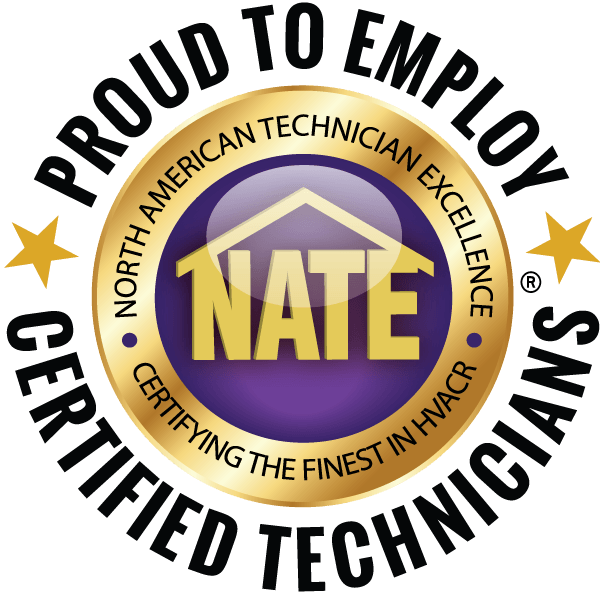Greater Houston Area
TACLA: A00681C
Frequently Asked Questions
-
What are you buying when you get an HVAC maintenance plan?
You are buying insurance so that there is a far better chance that your HVAC system will be operating properly, safely, and efficiently when you need it. But - unlike insurance – a professional technician is scheduled to come to your home twice a year to inspect the air conditioning and heating system(s) to ensure that everything is as it should be.
-
What are the typical HVAC accessories that you should consider that relate to your comfort and health?
There are excellent products available that protect you and your HVAC system. The most popular are air purification products that make for healthier environments, dehumidifiers that reduce the humidity in your home and help your HVAC system work less hard, and surge protectors that keep your equipment from failing in the event of a storm related or other causes of power surges.
-
There are so many choices when it comes to finding the right air-conditioning and heating system. How do you know if you have the right one that balances operation and cost?
There are many manufacturers and types of systems, but it’s easy to understand the best choice once a professional is able to see the home to determine the right type of system, and then ask questions about existing problems that you might want to address such as humidity, health concerns, or airflow for example. Once we understand the needs, it’s very simple to whittle the choices down to one or two options.
-
What are the three basic choices that you have when deciding what type of new A/C system to purchase?
First, it’s important to know that the largest consumption of electricity that an A/C unit uses is when the compressor comes on. So, a system that goes on and off more often uses more power than systems that don’t. Single stage systems (Choice 1) go on when the thermostat tells it that the temperature has gone over the “set point” temperature. When the “set point” is reached again, the system goes off and the heat (and humidity) go up. The system comes on again – and this cycle is repeated over and over again, causing more power consumption.
The second choice is a two-stage system. These use the high stage (full capacity) to get the house closer to the set point and then drops to roughly 70% of capacity to maintain temperature. By doing this (though it runs longer), it doesn’t “cycle” as much using less power as a result. It also operates longer at the lower capacity, also using less power. And because it runs longer to maintain temperature, it also removes more humidity, evens out the temperatures more, and allows the air filters or air purification systems run longer, creating a healthier environment.
The third (best) choice is called a variable system. This runs the longest but uses the least amount of electricity. This system – because it’s variable – runs only at the capacity needed to maintain even temperatures and has a variable range of roughly 100% or more down to about 30% in capacity. So, the system doesn’t go on and off as much, maintains even temperatures, removes the most humidity, and allows for the healthiest air in the home. It’s also the quietest system.
-
What if my budget is a concern?
Fortunately, there are 0 down financing options that make it affordable to replace your system. They are programs that are easy to apply for and favorable enough to make upgrading very manageable. There are always options to explore, too.
-
How do I know if the HVAC company that I’m calling is reputable and carries the proper licenses, employees trained professionals, and actually cares?
Reputation is very important, so you should check with people that you trust, or contact TACCA (the Texas Air Conditioning Contractors Association). You can also check licenses and even ask for insurance information. Another good idea is to go to the website and see how long they’ve been in business in your area (41 + years for us), what their professional and other affiliations are, and look at their range of services.
-
Why are there so many options for thermostats and what are the differences?
All thermostats help you control temperature. But many new thermostats include important and easy to use benefits that allow you to have more control over humidity, provide Wi-fi capabilities for remote control (from wherever you are), and even let you know when it’s time to change your air filter. Most new systems can come with “communicating” thermostats, which tell the system how to operate most efficiently and effectively. All good thermostats have the capability to be programmed to operate at different settings 4 times a day, seven days a week (Think wake-up, leave the house, come home, and sleep modes).
-
What air-purification options do I have, and why?
The why is “what are my health concerns?” If you have allergies, other medical challenges, sensitivity to smells, pet dander, or a desire to breathe healthier air with less bacteria, viruses, and VOCs, you will want to consider a solution. The solutions vary from UVC units that are installed in your ductwork, to HEPA filters and electronic air cleaners. A professional can help walk you through your choices.
-
What are the efficiency standards for new HVAC systems?
The efficiency standards are slightly different depending on what region you live in. They are now based on SEER-2, EER-2, and HSPF-2 (for heat-pumps) ratings. “SEER” is an acronym for seasonal Energy Efficiency Rating. “EER” is Energy Efficiency Rating, and “HSPF” is Heating Seasonable Performance Factor. The higher the number, the more efficient a system is. In Texas (technically in the Southeast zone), the minimum SEER -2 standard is 14.3 if your system capacity is 3.5 tons or less and 13.80 if your system is 4 tons or greater. The minimum heat-pump rating is 14.3 SEER-2 and 7.50 HSPF-2. The “package unit “ minimum is 13.4 SEER-2 and if your package unit is (or will be) a heat-pump, the minimum is 13.4 SEER-2 and 6.8 HSPF-2.
-
What is a “Ductless” mini split system, and why would I use it?
A ductless (also called a “mini split”) system is just that. It’s an outdoor unit paired with an indoor air-handler that is usually situated on an interior wall. They are generally used where ductwork is not an option, or a less expensive way of cooling and heating just a particular area such as a garage, “Mother-in-law” suite, work room, or other area not served by your central HVAC system. These can also be installed so that one outdoor unit can serve several separate air-handlers for multi-room control. Each indoor unit comes with it’s own control, so they are natural for “zoning” and are also very efficient and quiet.
-
Who is Environmental Air Systems, Inc. (“E.A.S.I.”)?
Environmental Air Systems is a 41+ year old Houston based, family owned residential and commercial HVAC/R company with an excellent reputation. The owner serves on the board of TACCA, the Texas Air Conditioning Contractors Association. The technicians are well trained, background checked, NATE and EPA certified, and above all are caring individuals who take pride in their work. We go the extra mile to ensure that our bi-annual maintenance visits (our 3 maintenance plan options include discounts and priority service, among other benefits) are comprehensive, repairs are done correctly the first time, warranties are fully honored, and equipment replacements are professionally tailored to meet the specific needs of our customers. We service all major (and many minor) manufactured systems and also service swimming pool heating and cooling systems, medium and low temperature rooms/equipment, and chiller systems.
EASI also provides pictures and videos of what we see to the customer in the interest of full transparency. Solution based recommendations (only as needed) are provided with a clear explanation, and we offer excellent financing options as well.
BROWSE OUR WEBSITE
CONTACT INFORMATION
Address: 4913 Mangum Rd. Houston, TX 77092
Phone:
Greater Houston Area: (713) 680-3274
License #: TACLA: 00681C, TACLA: 64859C
Fully Licensed, and Insured











